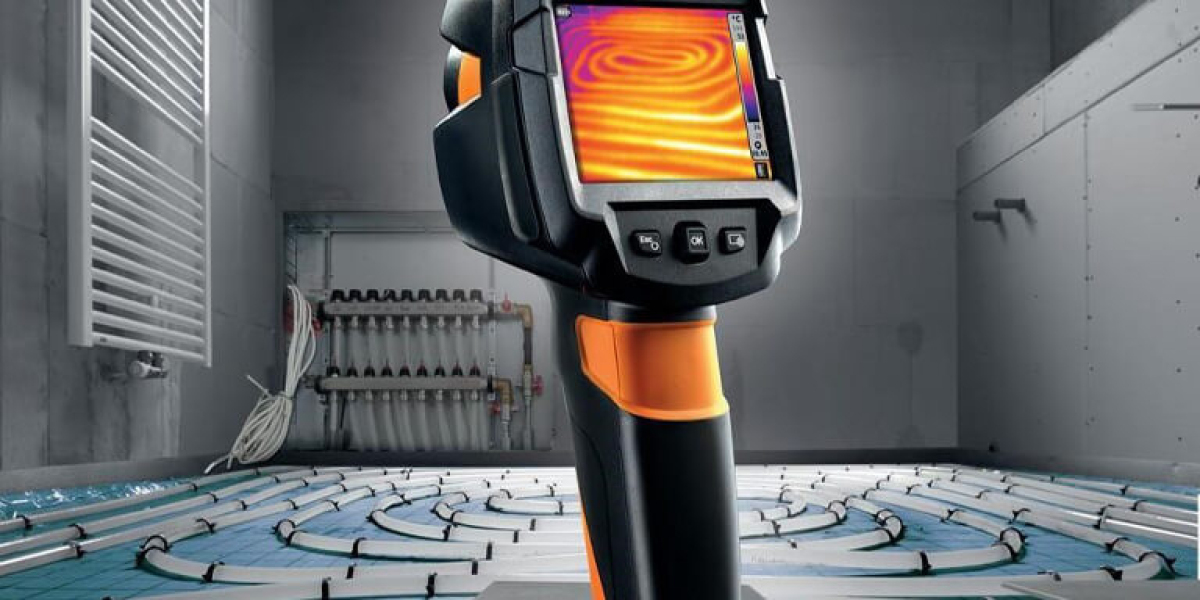Air suspension systems have become increasingly popular in modern vehicles, offering a smoother ride and improved handling. Understanding the air suspension parts that make up these systems is crucial for both vehicle owners and enthusiasts. This guide will delve into the key components, their functions, and the benefits they provide.

What Are Air Suspension Parts?
At its core, an air suspension system replaces traditional coil or leaf springs with air-filled bags. This innovative design allows for adjustable ride height and improved comfort. The main air suspension parts include:
- Air Springs: These are the primary components that support the vehicle's weight and provide cushioning.
- Compressor: This part inflates and deflates the air springs, allowing for ride height adjustments.
- Air Lines: These tubes transport air between the compressor and the air springs.
- Height Sensors: These sensors monitor the vehicle's height and send signals to the compressor to adjust air pressure as needed.
How Do Air Suspension Parts Work?
Understanding how these components interact is essential for grasping the overall functionality of air suspension systems. When the vehicle is loaded, the height sensors detect the change and signal the compressor to add air to the springs. Conversely, if the vehicle is unloaded, the system releases air to lower the ride height. This dynamic adjustment not only enhances comfort but also improves handling and stability.
Benefits of Air Suspension Parts
Investing in air suspension parts offers several advantages:
- Improved Ride Quality: Air suspension systems absorb bumps and irregularities in the road, providing a smoother ride.
- Adjustable Ride Height: Drivers can modify their vehicle's height for different driving conditions, enhancing performance.
- Better Load Management: These systems can automatically adjust to varying loads, maintaining optimal ride height and stability.
Common Issues with Air Suspension Parts
While air suspension systems are beneficial, they can encounter issues. Common problems include air leaks, compressor failure, and sensor malfunctions. Regular maintenance and timely replacement of air suspension parts can help mitigate these issues. If you notice a decrease in ride quality or unusual noises, it may be time to inspect your system.
For those looking to upgrade or replace their air suspension parts, consider visiting  . This site offers a wide range of high-quality components designed to enhance your vehicle's performance.
. This site offers a wide range of high-quality components designed to enhance your vehicle's performance.
Conclusion
In summary, understanding air suspension parts is essential for anyone looking to improve their vehicle's performance and comfort. By familiarizing yourself with the components and their functions, you can make informed decisions about maintenance and upgrades. Whether you're a car enthusiast or a casual driver, investing in air suspension technology can significantly enhance your driving experience.








